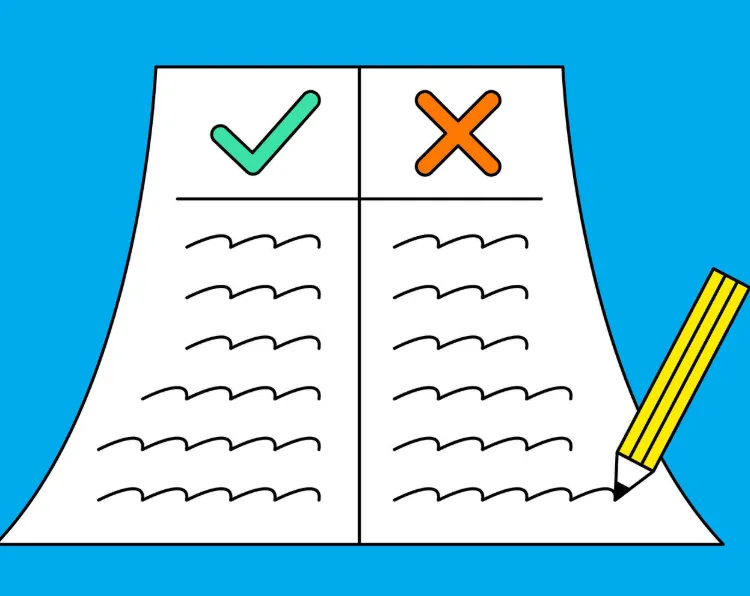When it comes to retirement planning, Deferred Income Annuities (DIAs) often come up as a tool for creating guaranteed income later in life. Like any financial product, they have their strengths and their shortcomings. Understanding both sides can help you decide if a DIA makes sense for your situation.
What Exactly Is a Deferred Income Annuity?
A DIA is designed to provide income at a future date you select. Payments can begin as soon as a year after purchase or be deferred for decades. Because they are set up to kick in later, they are sometimes called “longevity annuities.” The goal is simple: protect against the possibility of outliving your savings by ensuring a steady income for life, or for the lives of you and your spouse.
Much like Social Security, the later you choose to start payments, the higher your monthly income will be. This makes DIAs especially useful as part of a broader retirement plan to build a reliable income foundation that doesn’t depend on market conditions.
Advantages of a DIA
1. Guaranteed Payments
Once the contract is in place, the income is locked in. Market downturns or economic swings won’t affect your payout.
2. Flexibility in Timing
Many contracts allow you to adjust your start date once after purchase, which can be helpful if your plans change.
3. Custom Options
Contracts can be structured in different ways, including ensuring that beneficiaries receive remaining funds if you pass away early.
4. Works With Various Account Types
You can purchase DIAs with funds from IRAs, Roth IRAs, or non-retirement accounts, though specific rules apply for certain tax-advantaged accounts.
5. Income Laddering
Instead of buying a single contract, you can divide your money across several DIAs with staggered start dates. This creates multiple income streams that begin at different times in retirement.
Drawbacks of a DIA
1. Limited Flexibility Once Payments Begin
After the income starts, you can’t stop or accelerate payments, and there’s no lump-sum cash-out option.
2. No Market Participation
DIAs don’t grow with the market. The trade-off for guaranteed future income is giving up potential investment gains.
3. Opportunity Cost
Some investors may feel they could earn more elsewhere, but DIAs are about securing certainty, not chasing higher returns.
4. Lack of Liquidity
These products are not designed for emergency withdrawals. The funds are essentially committed once the contract is in place.
How Payouts Are Calculated
The size of your payments depends primarily on your life expectancy at the time you start receiving income, with interest rates also playing a role. Payments combine a return of your principal with interest. You can add a cost-of-living increase to your contract, which raises payments annually, but this option lowers your initial payout. It’s wise to compare both versions before deciding.
Where DIAs Fit in a Retirement Plan
DIAs are not for everyone. If you don’t anticipate needing future income, they probably aren’t the right tool. But if you want to guarantee payments for yourself or a spouse later in retirement, they can provide stability and peace of mind. They work best for those who value certainty over potential market growth.
In short, DIAs are less about maximizing returns and more about creating a dependable income stream to support you through the later stages of retirement.











